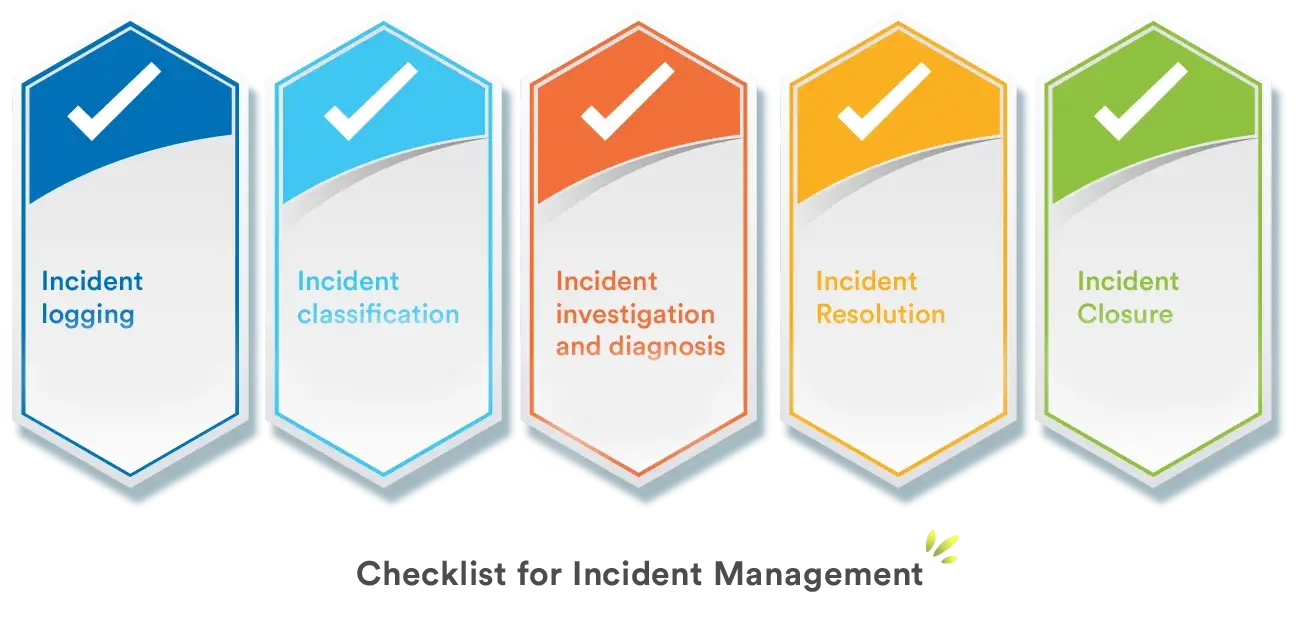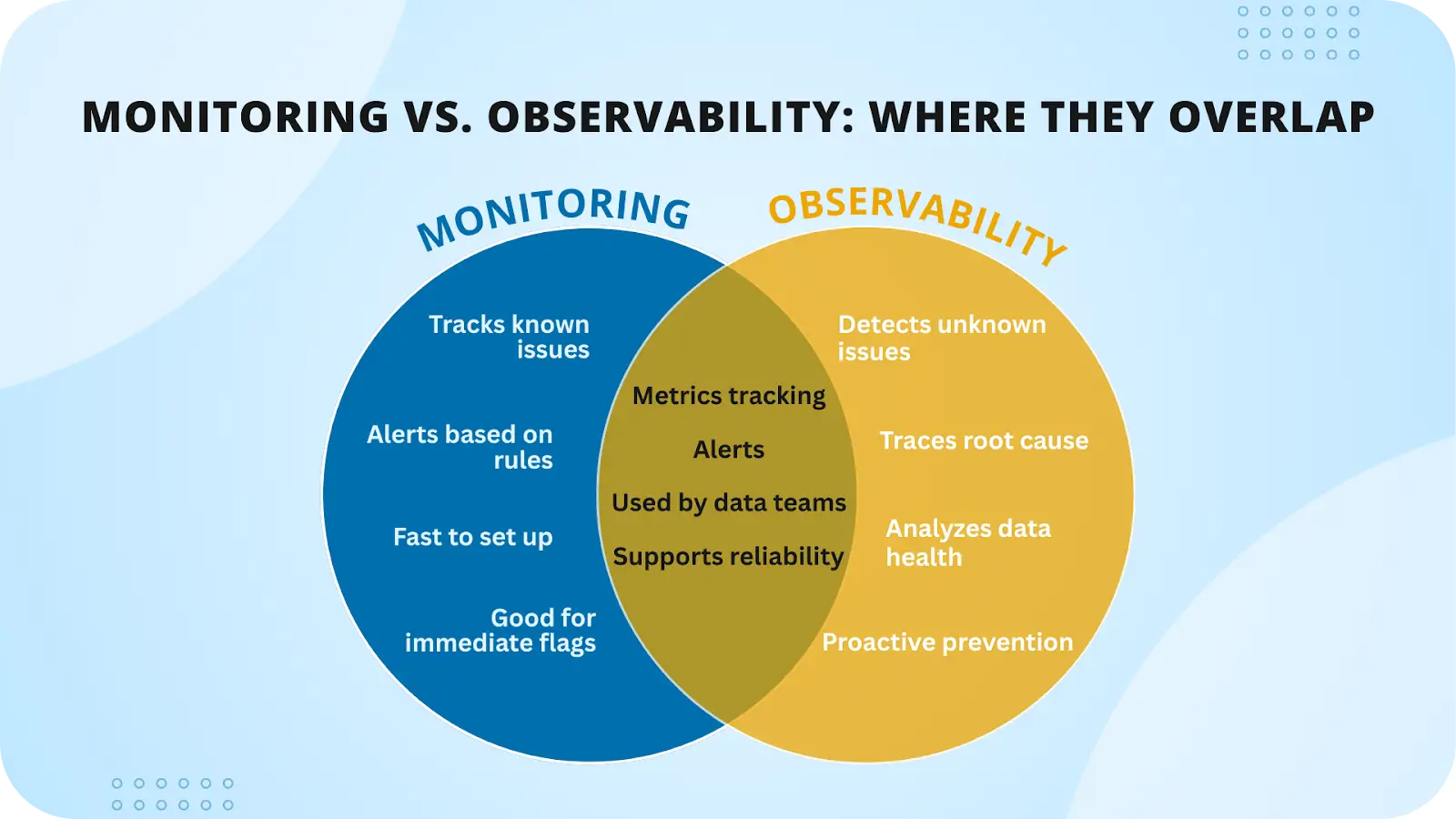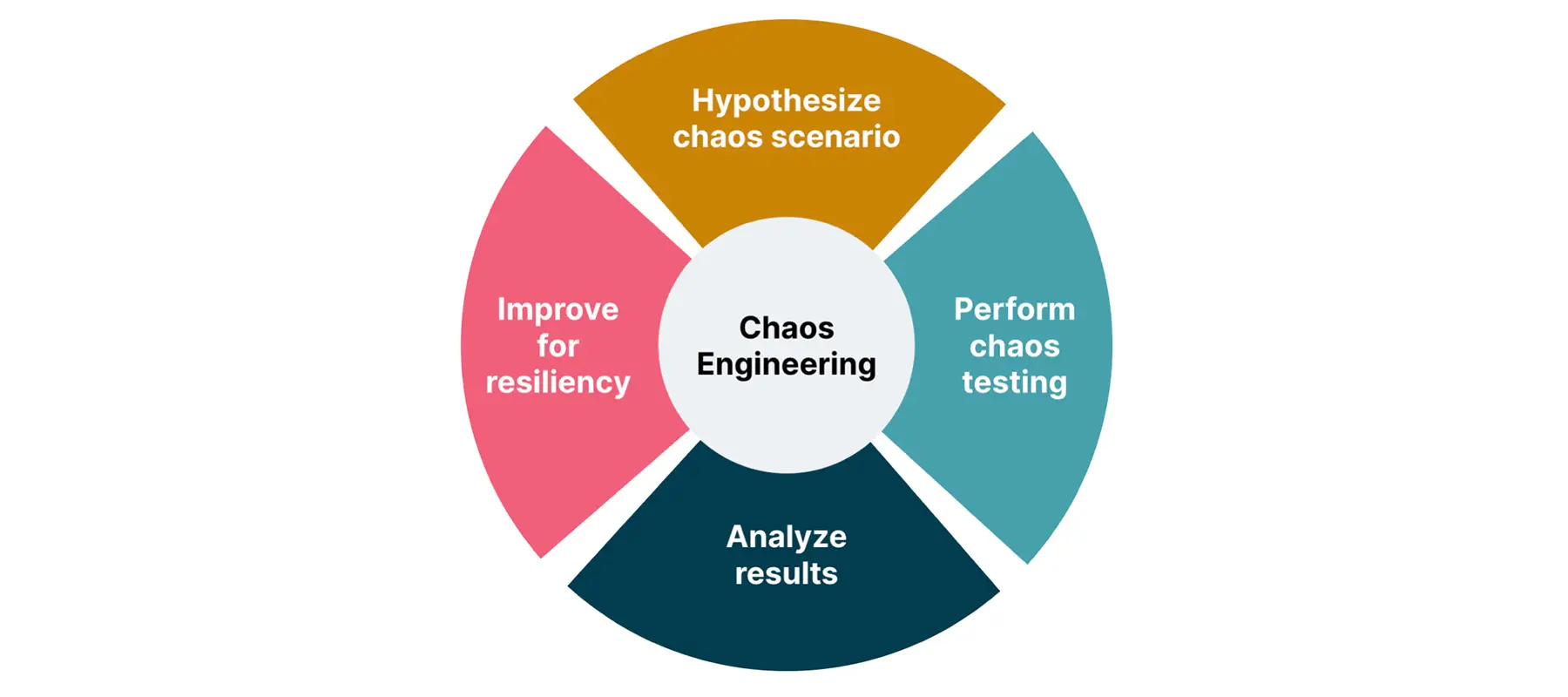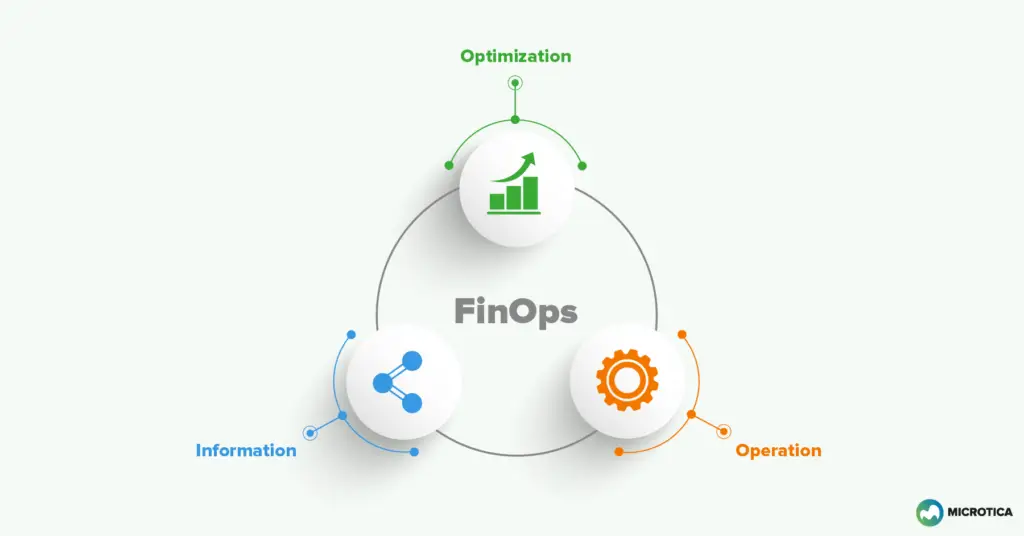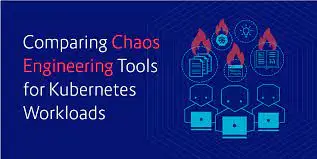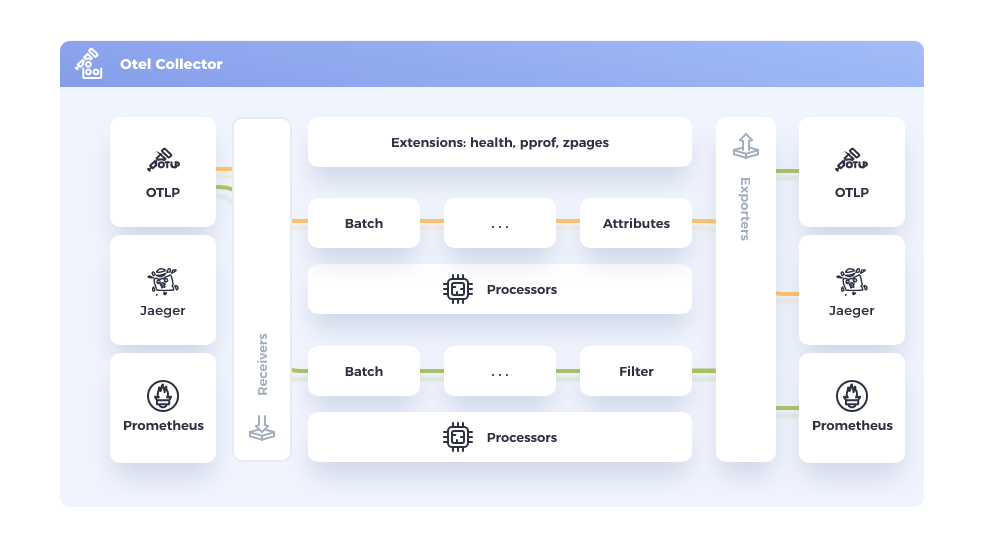Capacity Planning in the Cloud Era
In the dynamic landscape of cloud computing, managing infrastructure effectively is less about static provisioning and more about intelligent, adaptive resource orchestration. Capacity planning, once a periodic, often tedious exercise of spreadsheet projections and hardware procurement, has transformed into a continuous, data-driven discipline. For Site Reliability Engineers (SREs), Software Engineers, and Architects, mastering capacity planning…
Details

